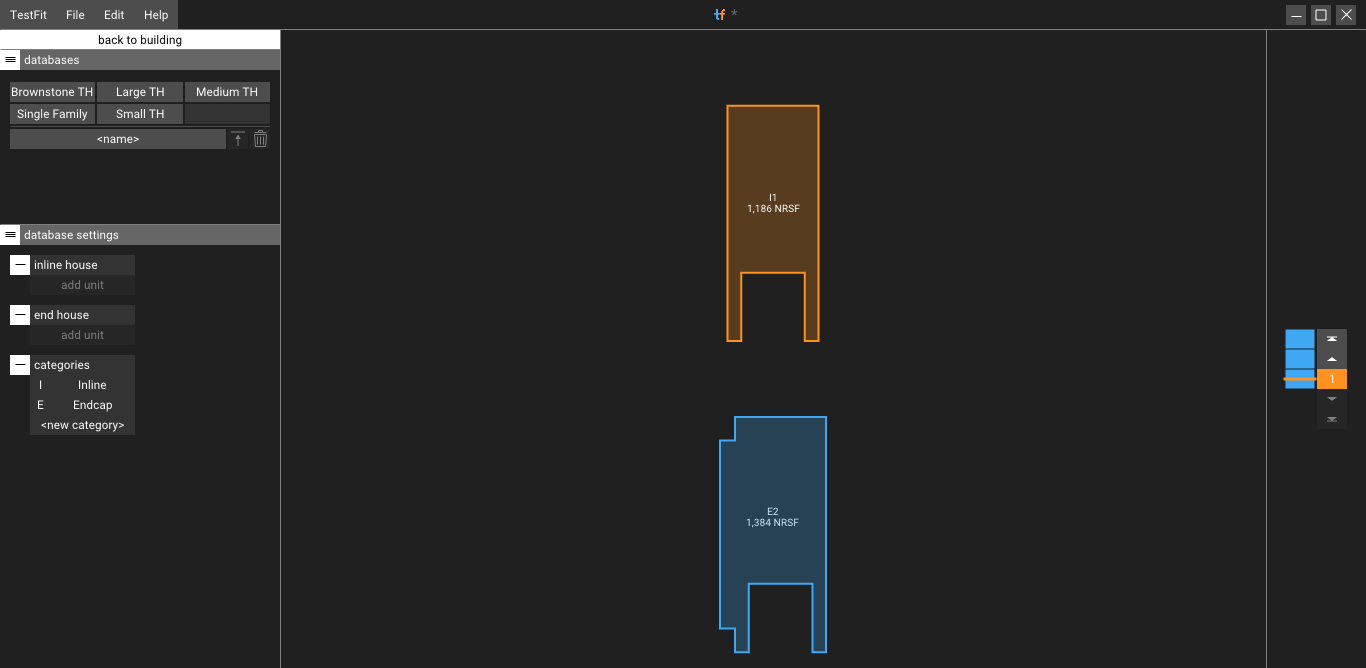

As you work around the head, be sure to compensate for any distortions you make in the rest of the image. Once you’re ready to go, make short, gentle strokes along areas that you want to appear expanded, in this case, around our subject’s hair. Large broader strokes will make sure that any curves are soft and subtle, not jagged. The last key to using the Liquify Tool is to use a large brush size. Before you get started, select the Freeze Mask tool and paint over any areas that you want to preserve. No matter how slight, any amount of pushing and pulling can make a face look, well, weird. In this case, our subject’s face is perfect for this option. You also have the ability to freeze any areas that you don’t want to be affected. You’re not just affecting your subject, but everything around them as well, so make sure to pay attention to those details. It’s easy to nudge what was once a straight line – like the edge of a building, for example – and make it look uneven and fake.


Before you begin, be sure to keep these few things in mind:Īlways check the background behind your subject wherever you’re using the Liquify Tool. The Liquify Tool is extremely powerful and it works by giving you the ability to “push and pull” pixels around an image. Like Ice Cream in the SummerĪfter opening up our sample image, let’s start with the Liquify Tool to help give the hair some shape and volume.
#DECREASE DENSITY OF PICTURE IN PIXLR EDITOR ONLINE HOW TO#
In this tutorial, we’ll show you how to increase the volume of hair using the Liquify Tool and color it with one of Aaron’s favorite methods, a Gradient Map. That doesn’t mean that there aren’t some quick tricks to help give it volume and pop with color. Hair will always be one the most challenging areas to retouch and enhance. Add Volume, Color, Shine and Definition to Any Head of Hair


 0 kommentar(er)
0 kommentar(er)
